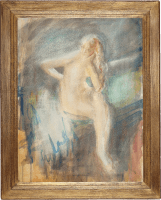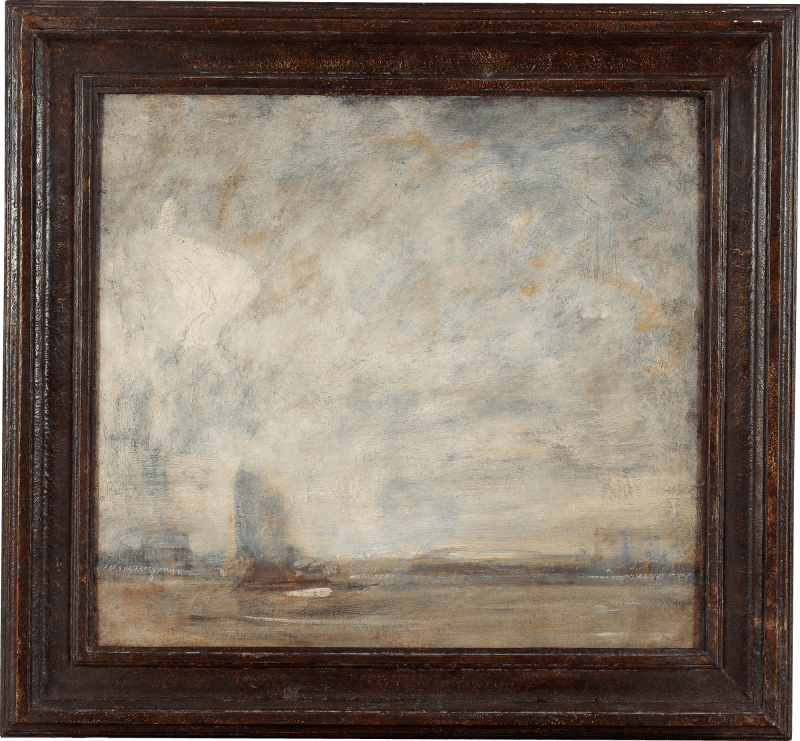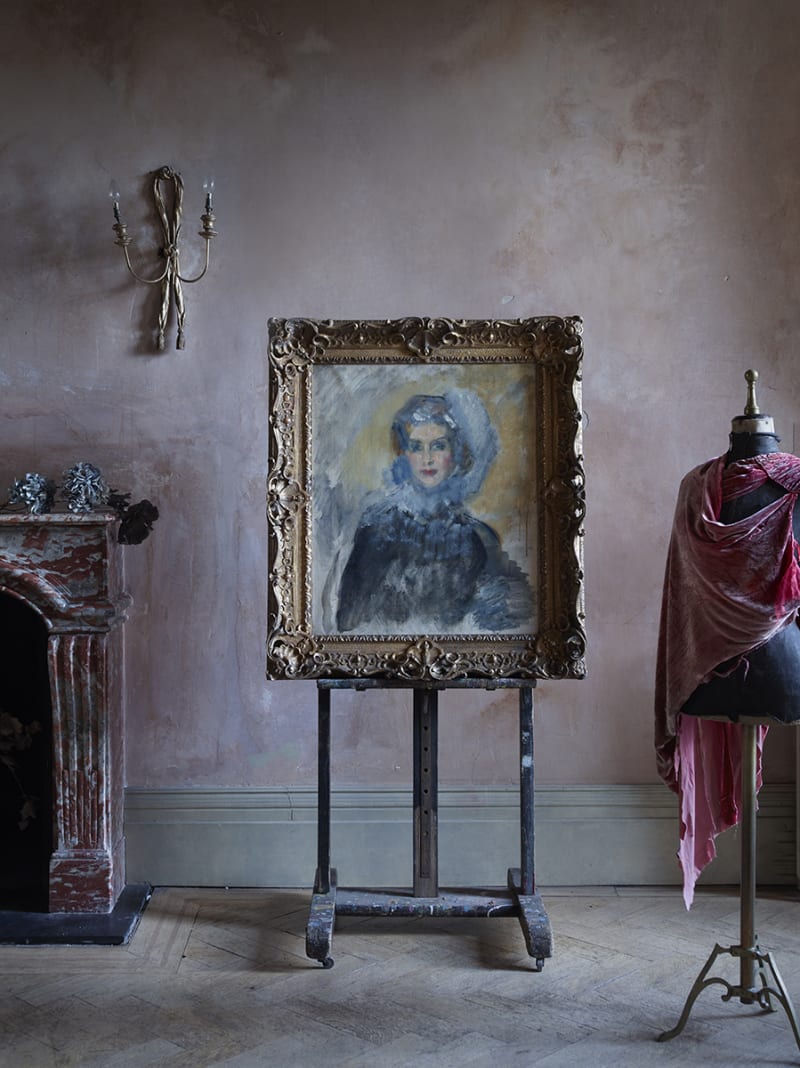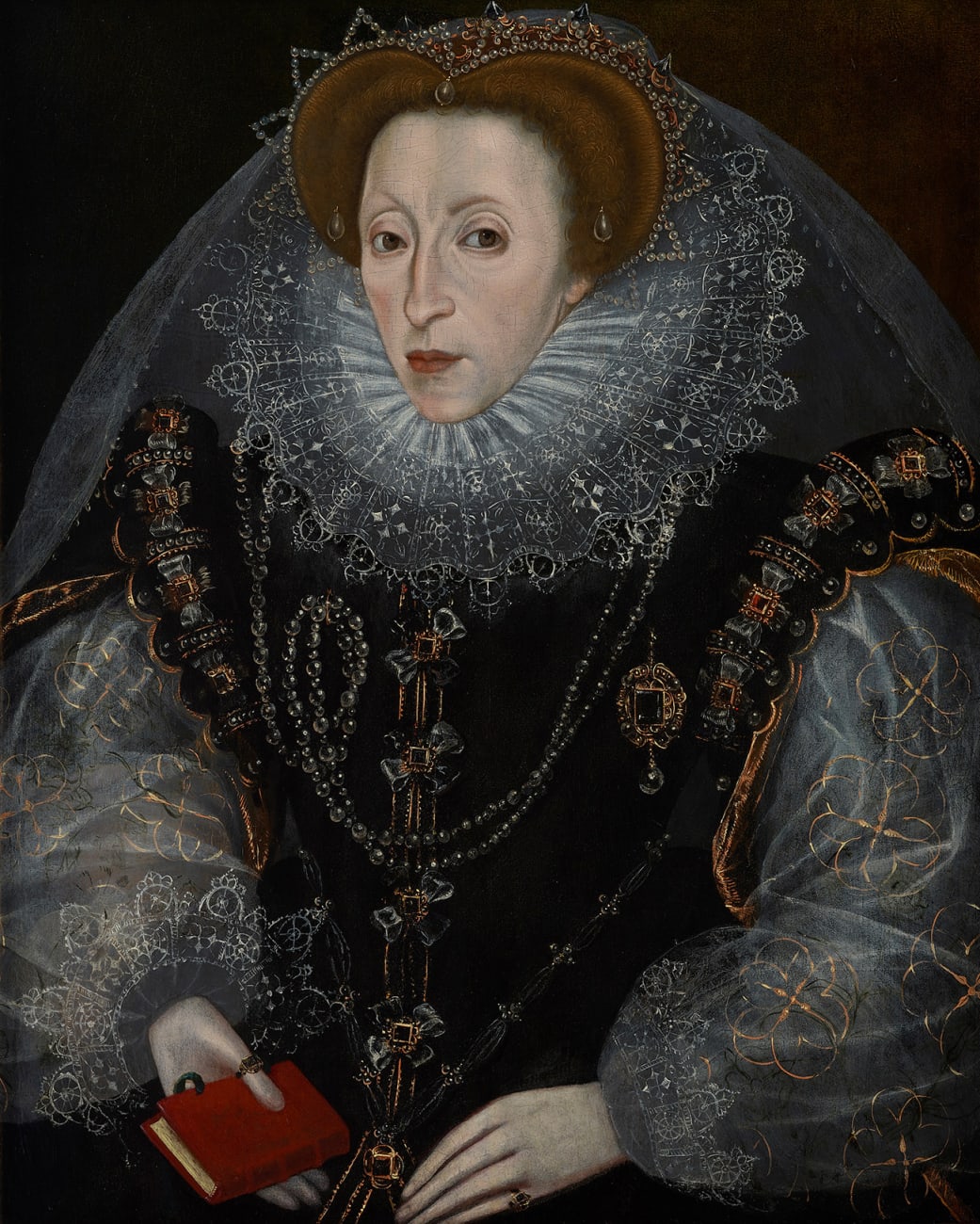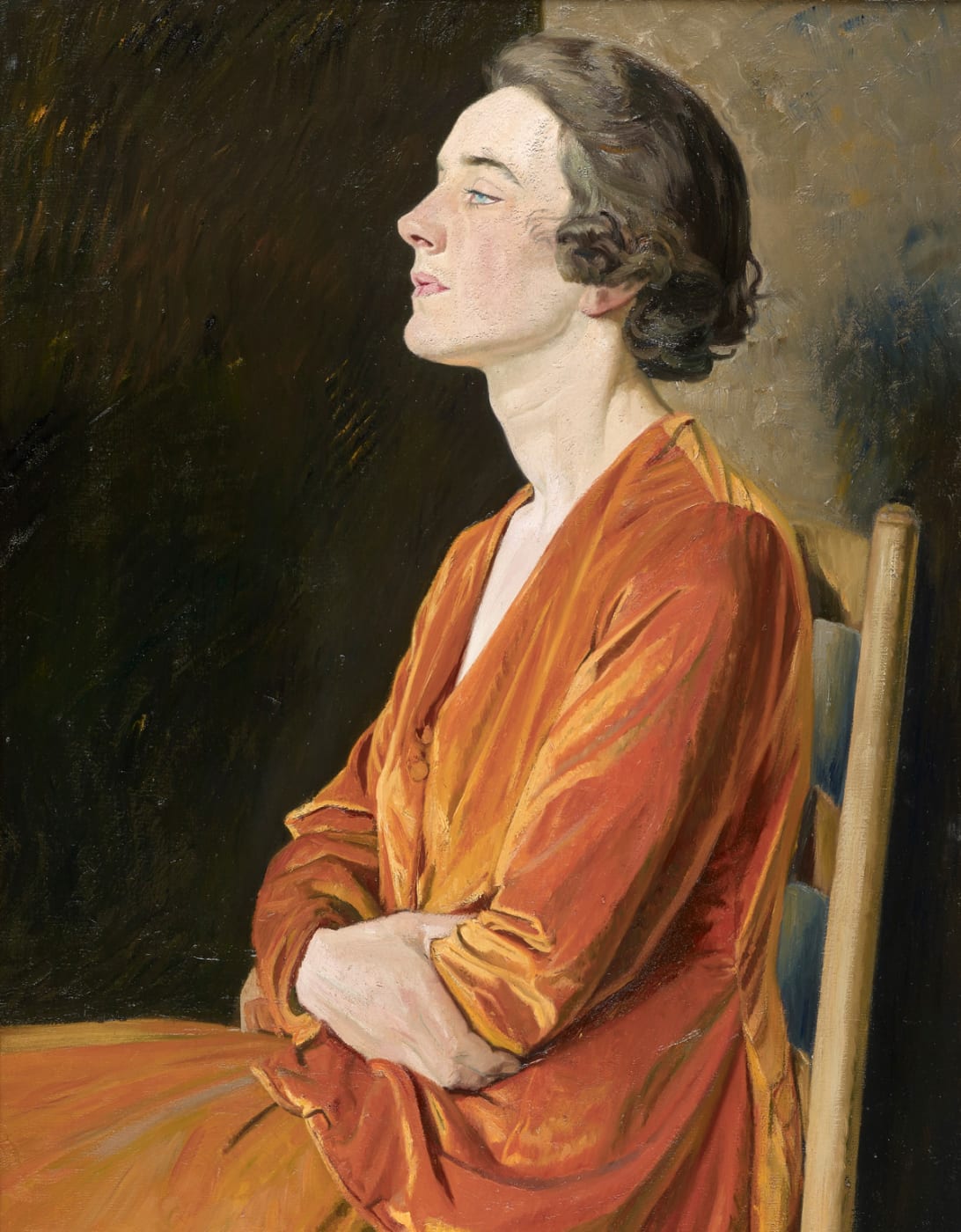

Ambrose McEvoy
(1877-1927) Seated NudeProvenance
Philip Mould Gallery, London, acquired from the above.
Ambrose McEvoy, a masterful British portraitist of the early twentieth century, is celebrated for his innovative use of colour, dynamic brushwork, and the ethereal quality he brought to depictions of society's elite and artistic circles. McEvoy’s deft abilities are perhaps most evident in his works on paper. His watercolour technique is based on principles of preliminary stating, building, losing – and re-discovery. Whilst he adhered to more traditional methods in oil painting, of applying colour after laying-out his composition in monochrome, his boundless unconventionality and inventiveness matured in conjunction with his growing love of watercolour.
As evidenced in the present painting, McEvoy’s technique in this medium involved ‘fluidifying’ the surface once colour had been applied, removing the upper soluble layers and revealing areas of the white paper beneath. In some instances, McEvoy would then build up the layers again using ink, pencil and watercolour. This process of removal and re-application instils his paintings with their characteristic brilliance and energy for...
Ambrose McEvoy, a masterful British portraitist of the early twentieth century, is celebrated for his innovative use of colour, dynamic brushwork, and the ethereal quality he brought to depictions of society's elite and artistic circles. McEvoy’s deft abilities are perhaps most evident in his works on paper. His watercolour technique is based on principles of preliminary stating, building, losing – and re-discovery. Whilst he adhered to more traditional methods in oil painting, of applying colour after laying-out his composition in monochrome, his boundless unconventionality and inventiveness matured in conjunction with his growing love of watercolour.
As evidenced in the present painting, McEvoy’s technique in this medium involved ‘fluidifying’ the surface once colour had been applied, removing the upper soluble layers and revealing areas of the white paper beneath. In some instances, McEvoy would then build up the layers again using ink, pencil and watercolour. This process of removal and re-application instils his paintings with their characteristic brilliance and energy for which he became so well renowned.
